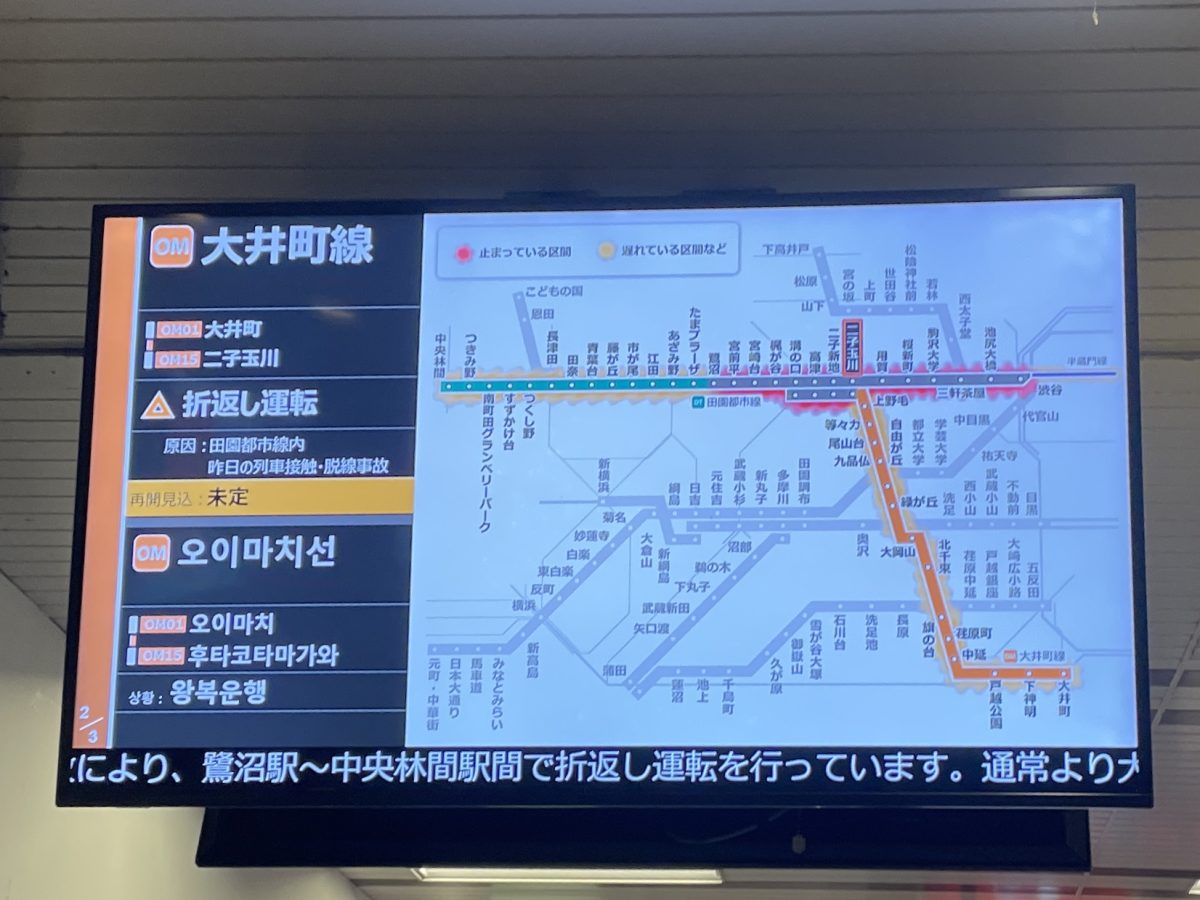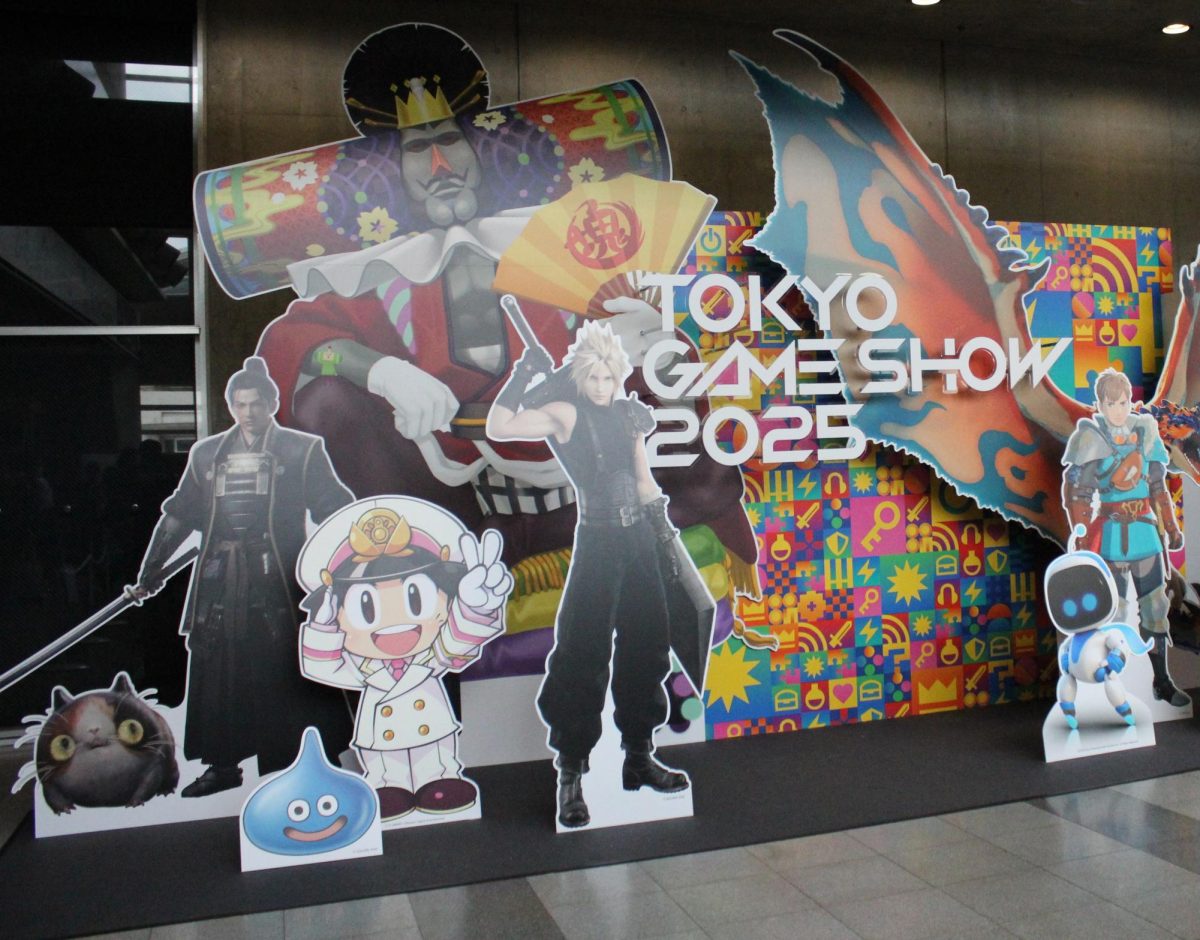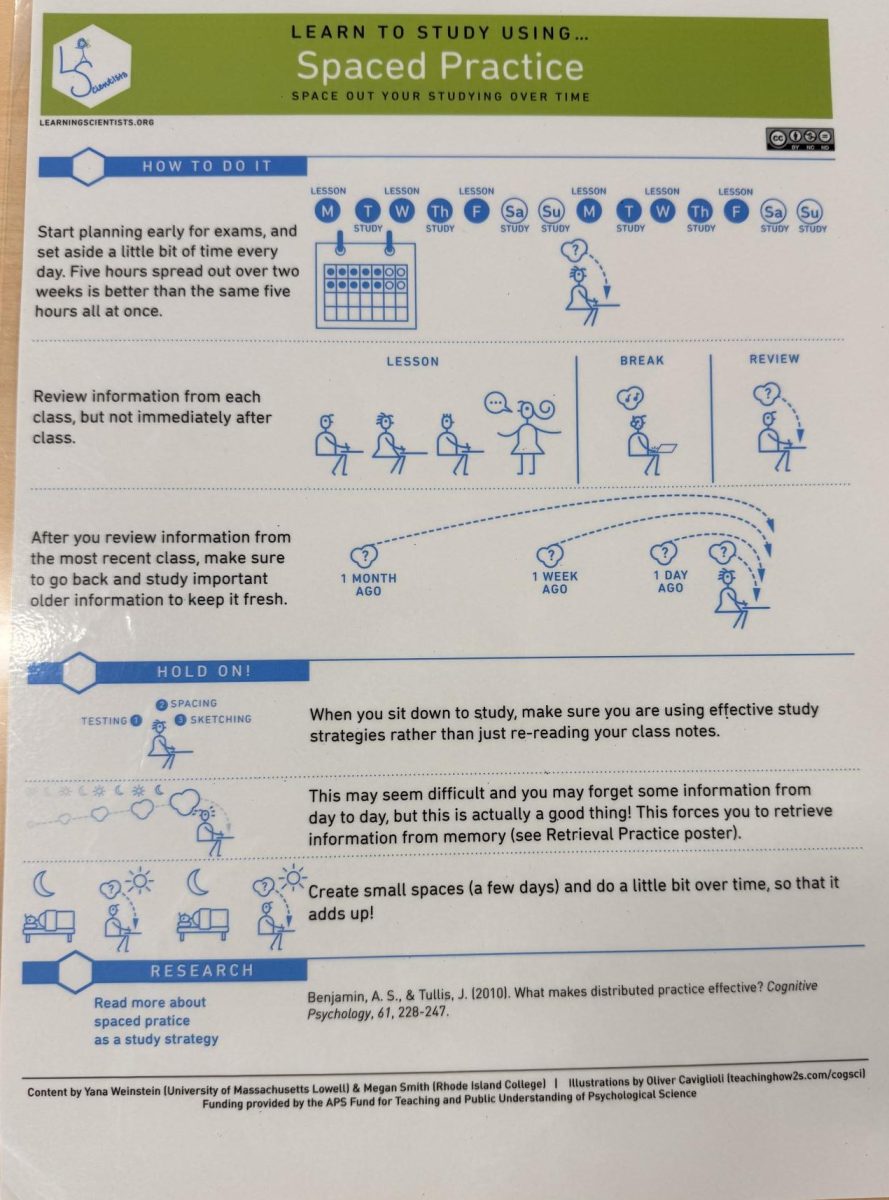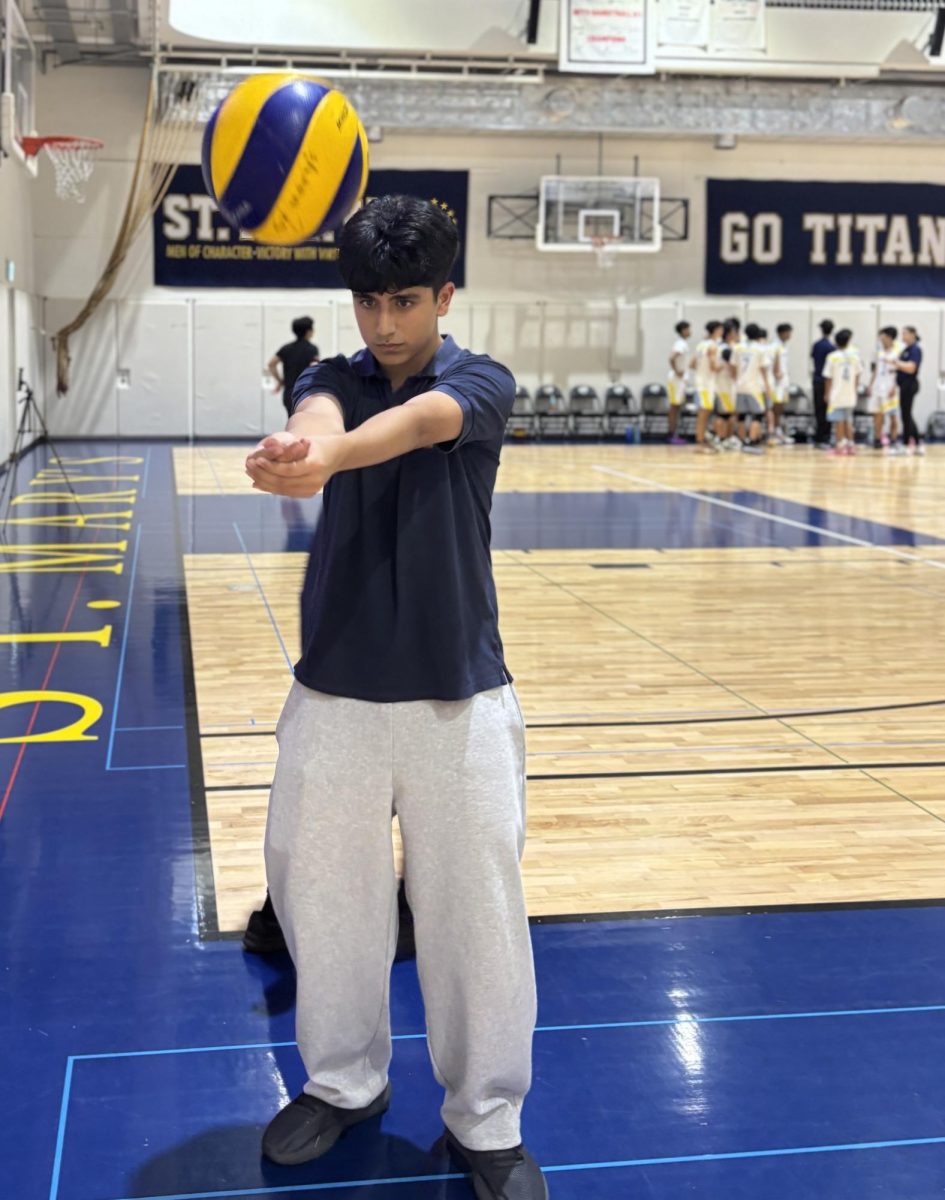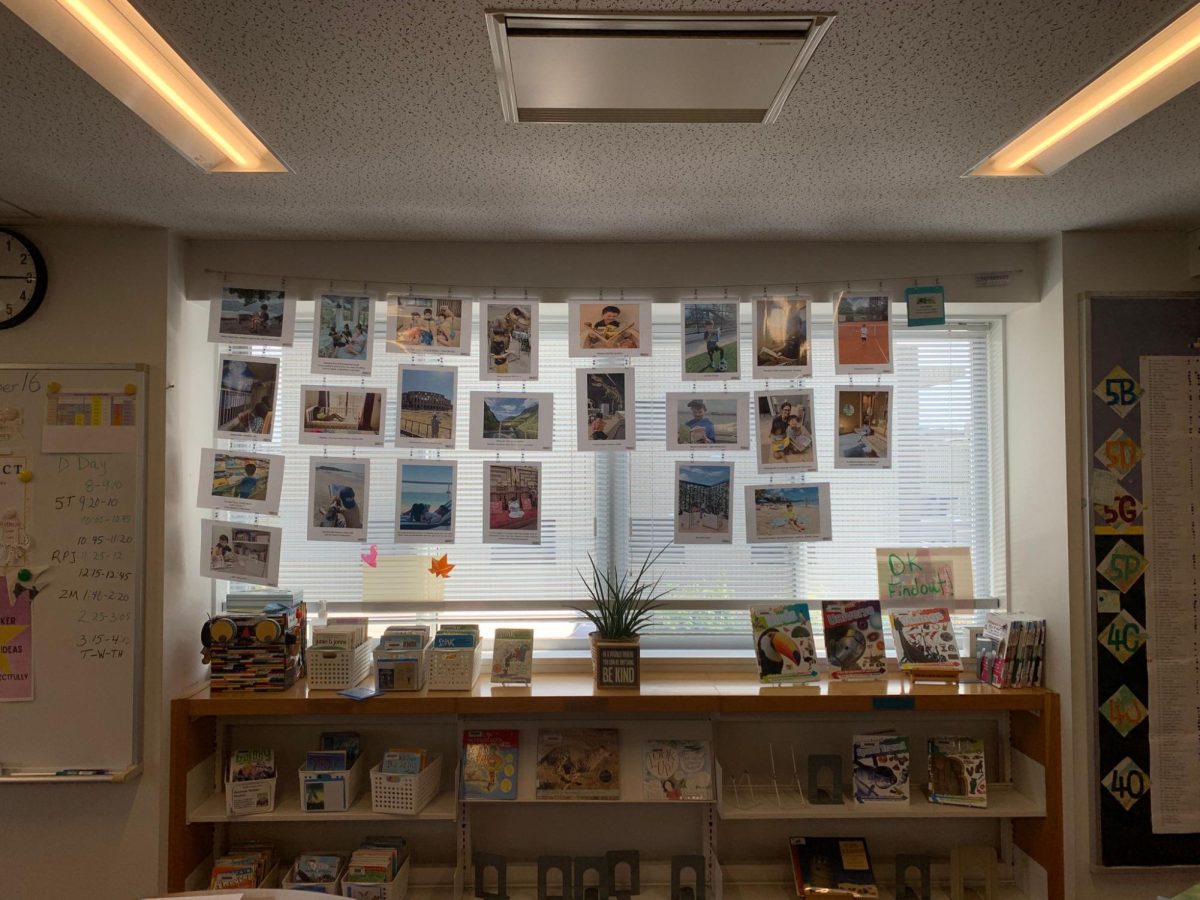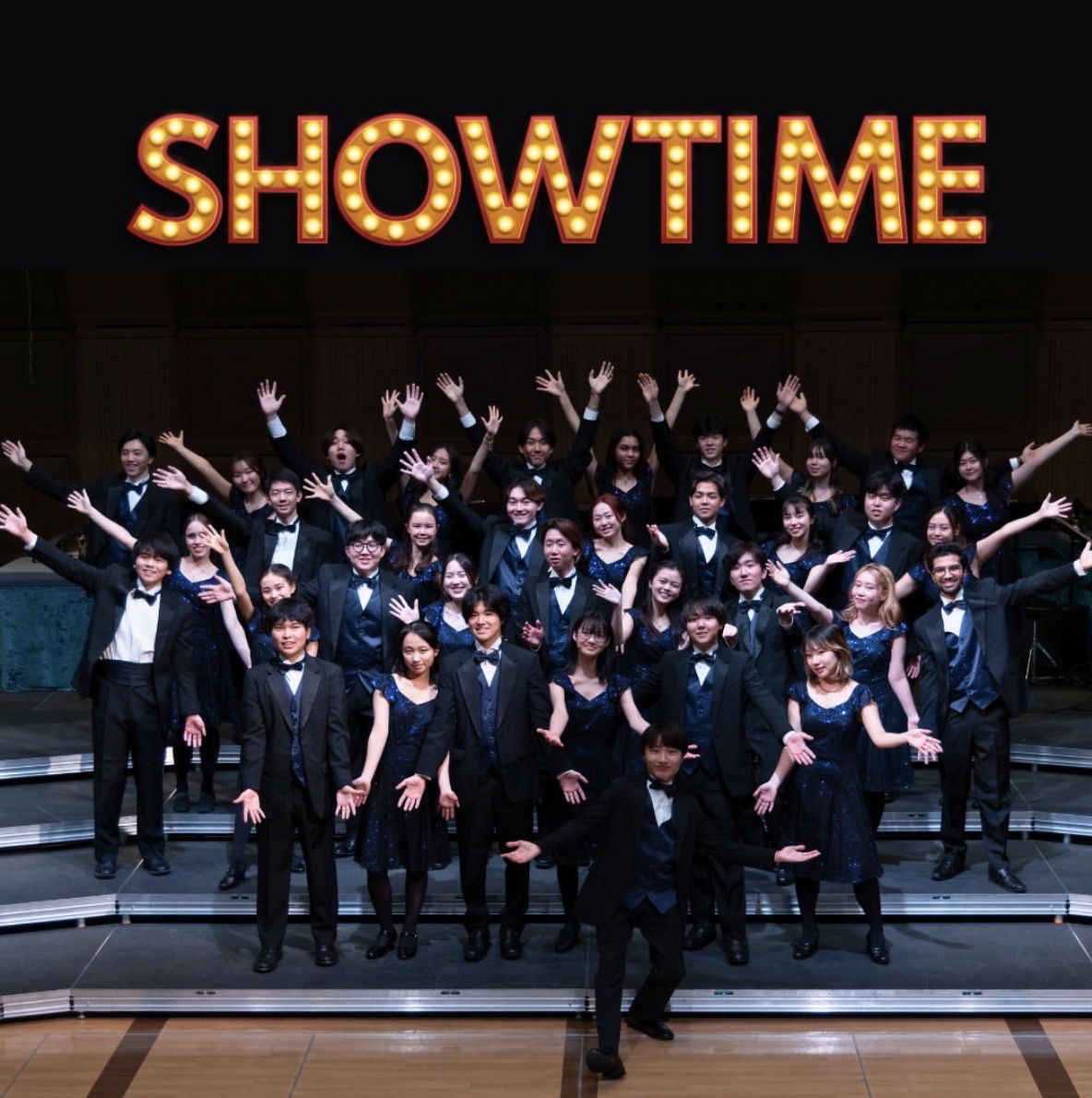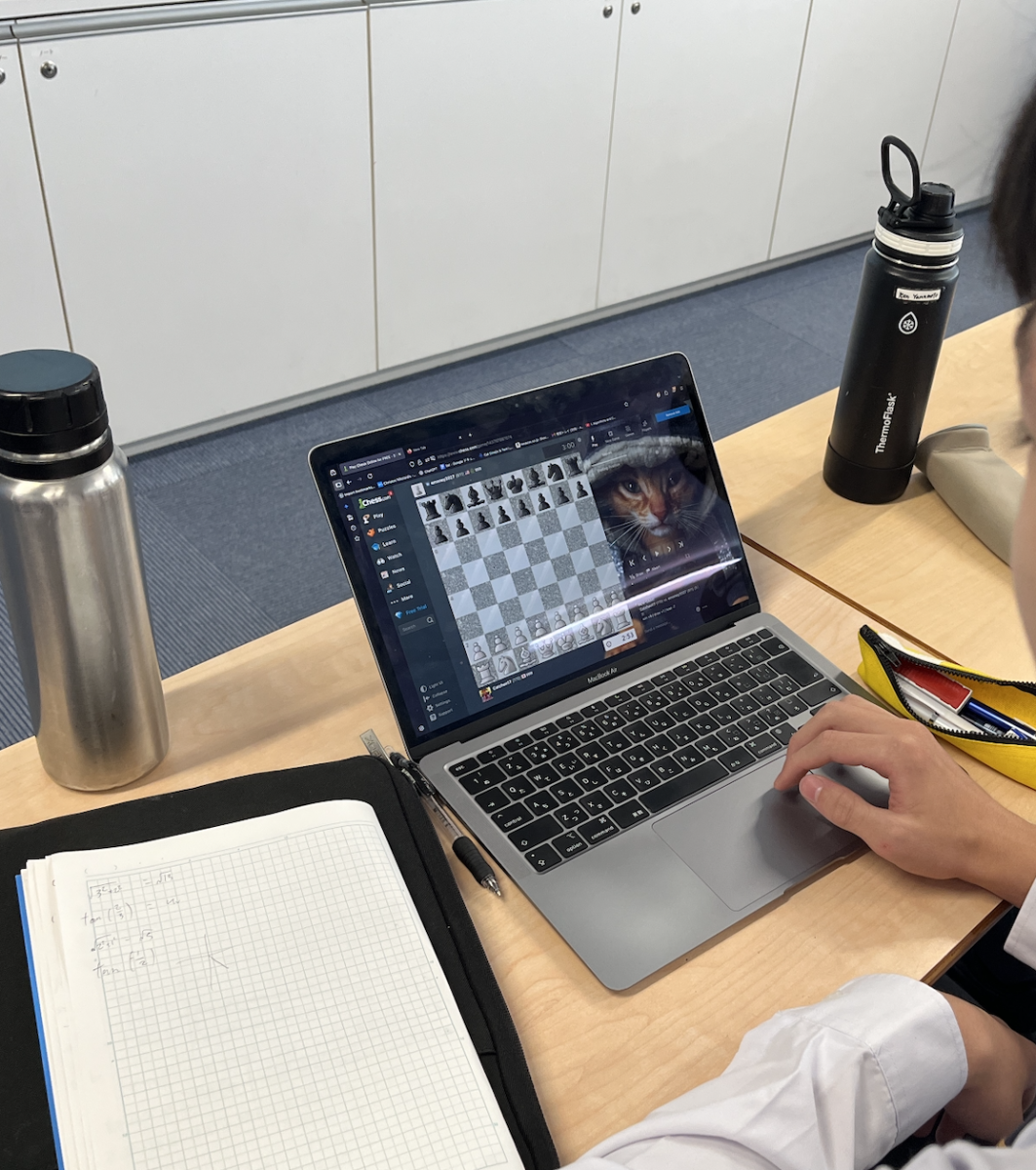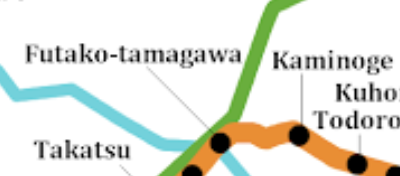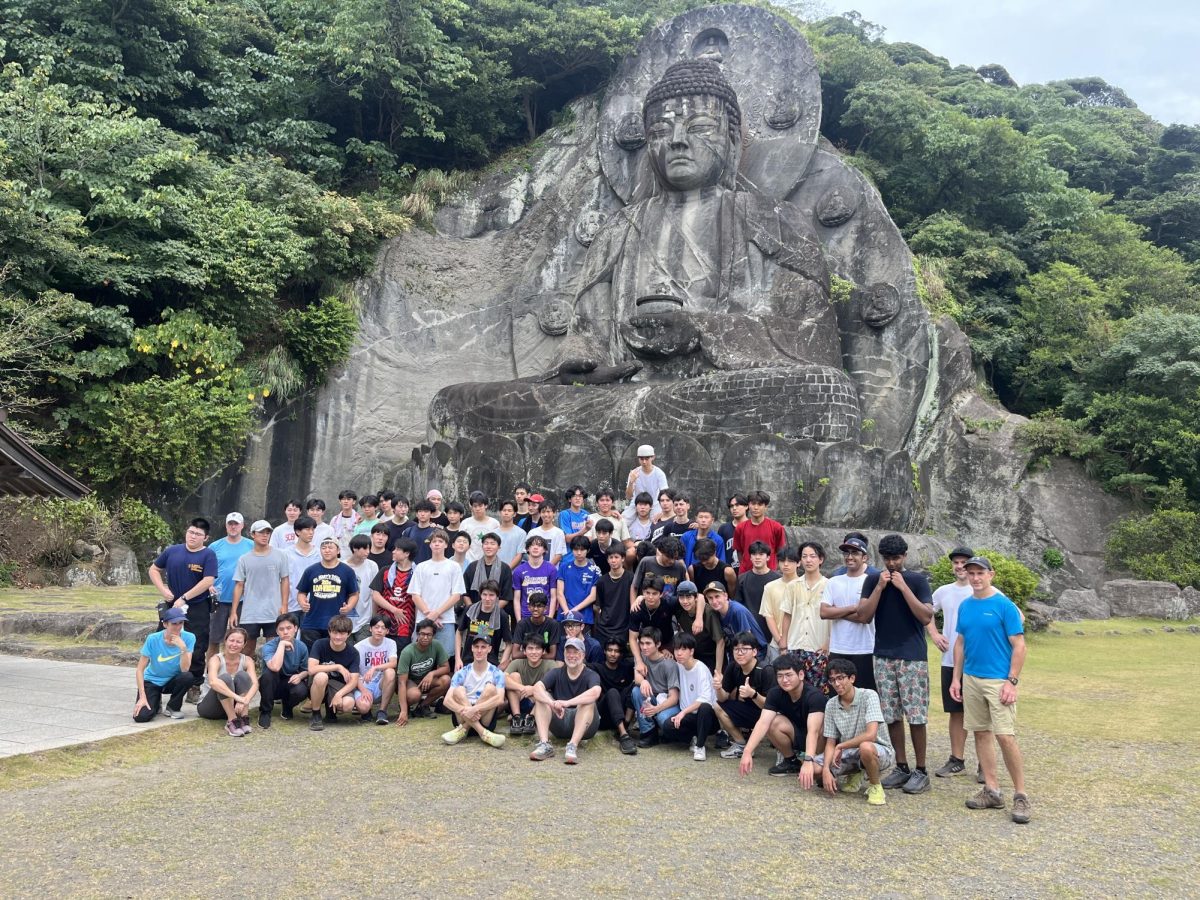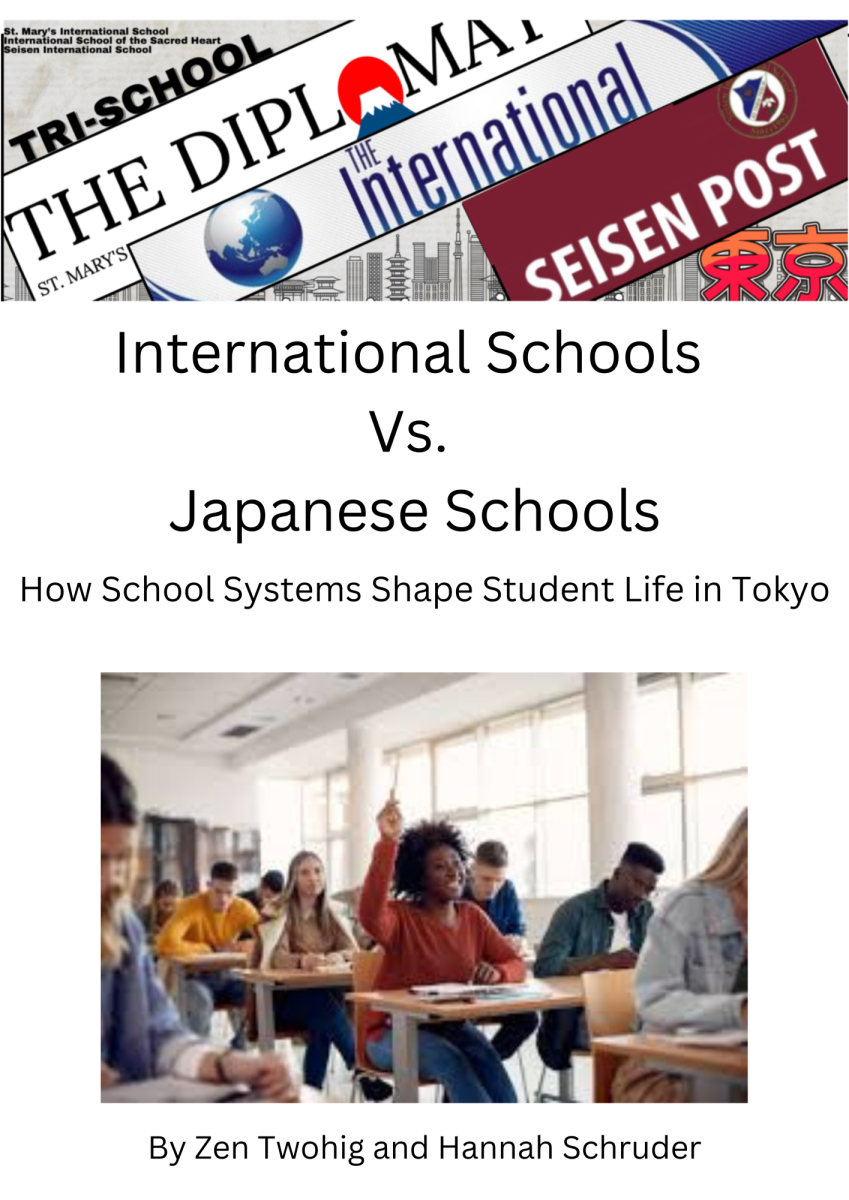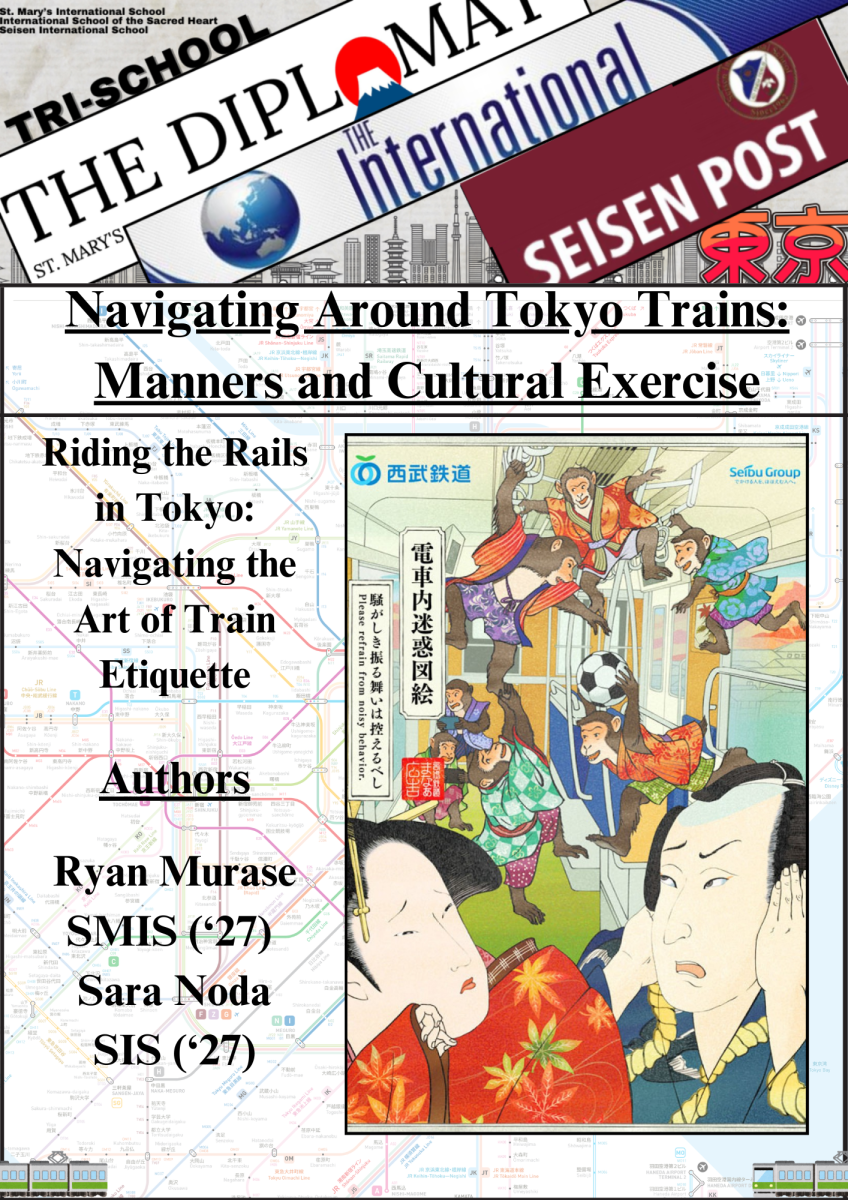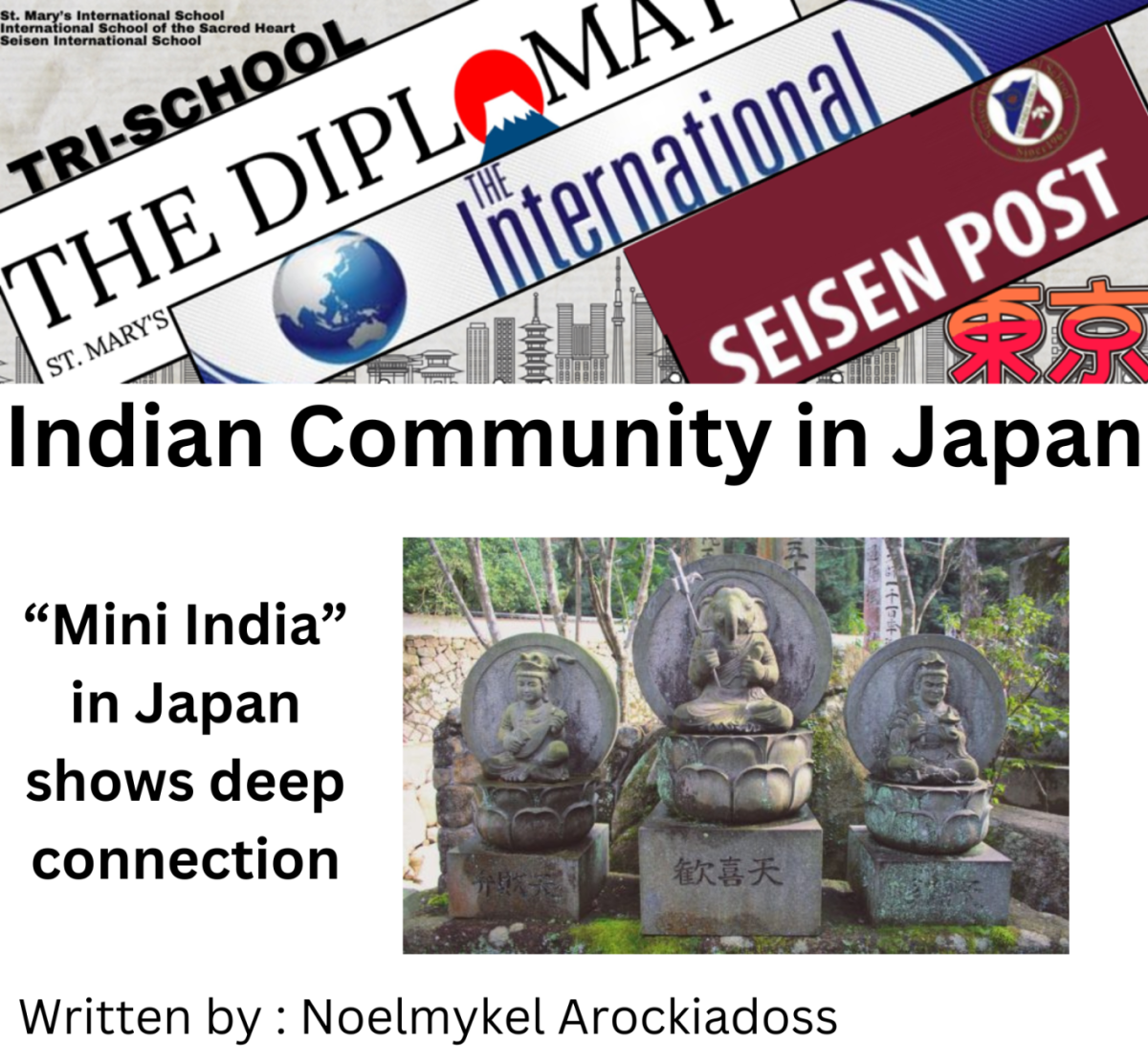How Students Learn
Japanese schools are famous for their intense academic pressure. Students typically attend 6–8 hours of school each day, followed by cram school, known as juku, in the evenings. “I usually get home at 10 p.m. after juku,” said a Japanese student preparing for high school entrance exams. A 2023 study by the Japan Youth Research Institute reported that 90% of high school students in Japan feel stressed about exams (JYRI, 2023). In contrast, international schools rely more on projects, group discussions, and presentations. “I feel like I’m actually learning, not just memorizing facts for a test,” shared one student from an international school in Tokyo.
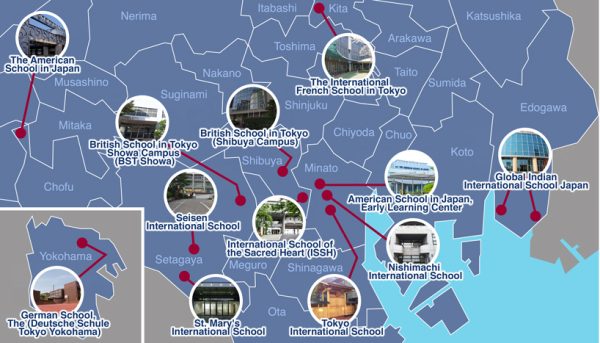
Outside the Classroom
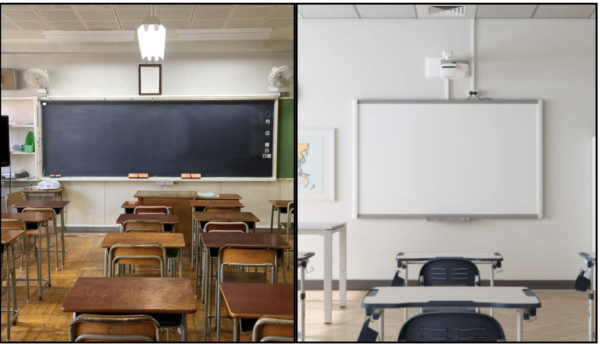
Student life outside the classroom also differs significantly. In Japanese schools, over 70% of students are involved in bukatsu—club activities that can require daily practices and long hours. Sports teams can practice six days a week, and club commitments are often year-round. “Baseball takes up almost all my time, but we learn teamwork and discipline,” said a junior high student from a Tokyo public school. On the other hand, international schools run sports on a seasonal basis, letting students try new activities each term. “I play soccer in the fall and swim in the spring,” said a student at St. Mary’s International School. “It keeps things fresh and helps me balance sports and school.”
Extracurriculars reflect different priorities in each system. Japanese schools often offer traditional cultural clubs like tea ceremony (sadō) or flower arranging (kadō), while international schools offer options like Model United Nations, robotics, or school newspaper. “I joined Model UN and it helped me think about global issues and how different countries interact,” said a student from an international school (Schrader & Twohig Interview, 2025). These activities don’t just fill time—they shape student interests, build leadership, and even influence future careers.
Freedom vs Structure
Discipline and school culture also contrast strongly. Japanese schools tend to have strict rules about uniforms, hairstyles, and even dating. “We weren’t allowed to dye our hair or wear makeup,” recalled Ms. Ota, a former student of Seisen in Kamakura. She pointed out that in Japanese schools, “you had to write your name on everything so you didn’t lose it—it taught responsibility early.” Meanwhile, international schools allow more freedom in appearance and encourage students to express themselves. “International schools let students show more of who they are. But sometimes, they need more structure,” Ms. Ota added. She believes both systems could learn from each other, finding balance between discipline and independence.
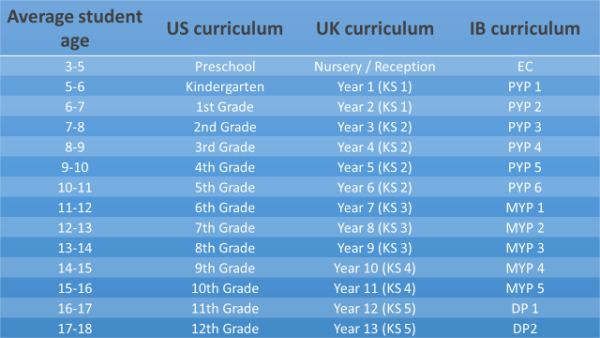
One interesting cultural feature in Japanese schools is the senpai-kōhai (senior-junior) relationship in clubs, where older students often hold authority. “Even someone just one year older can tell you to fetch things for them,” said Ms. Ota, reflecting on her time in Japanese sports clubs. But in clubs like cooking or arts, she noted that age mattered less, and everyone participated more equally. “In international schools, clubs feel more equal—like everyone’s voice counts.” Another key difference is grading: Japanese schools often rely on one big test, while international schools use multiple summatives. “It’s nice to have more chances to improve your grade, not just one shot,” said a Seisen student now attending an international school.
Finding the Perfect Fit
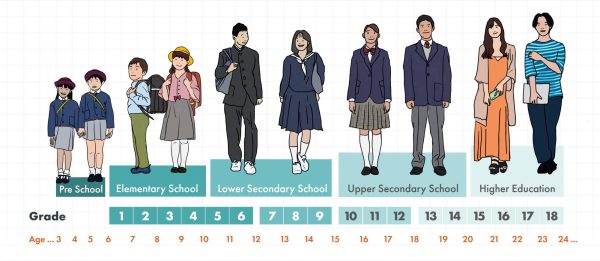
Both education systems have their strengths. Japanese schools prepare students for university entrance exams and teach discipline, while international schools focus on creativity and global awareness. In the end, the best choice depends on a student’s personal learning style and future goals. “Both systems helped me in different ways,” said a student who experienced both. Whether aiming for Japanese universities or international ones, the key is finding the right fit for each individual.
In the end, both systems have strengths. Japanese schools prepare students for tough exams and teach dedication, while international schools help develop well-rounded, globally-minded individuals. As one student who attended both systems put it, “Both helped me in different ways.” Whether aiming for Tokyo University or studying abroad, the most important thing is finding the right fit for your personality and goals. The future of education might not be about choosing one system over the other—but blending the best of both.


